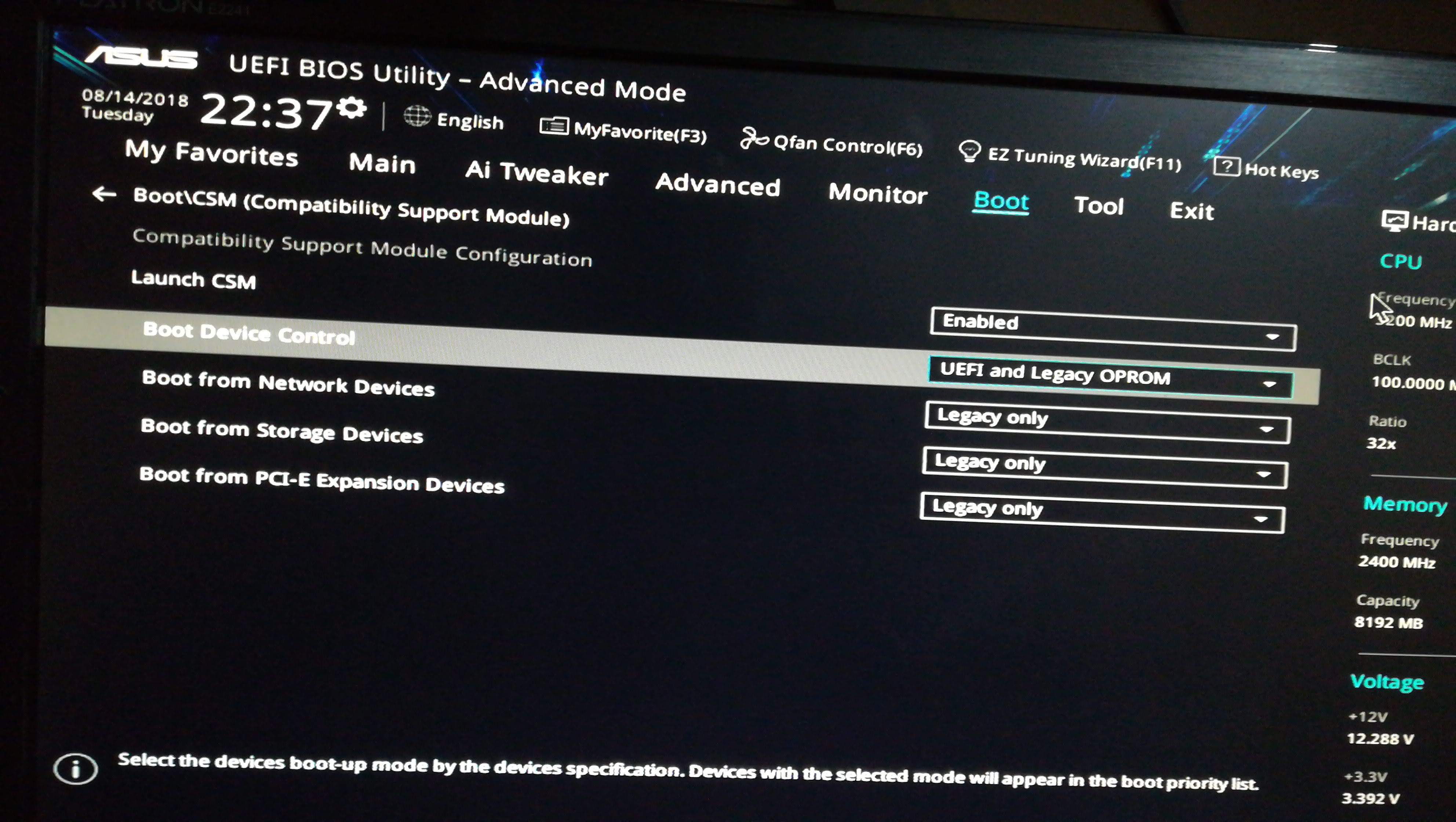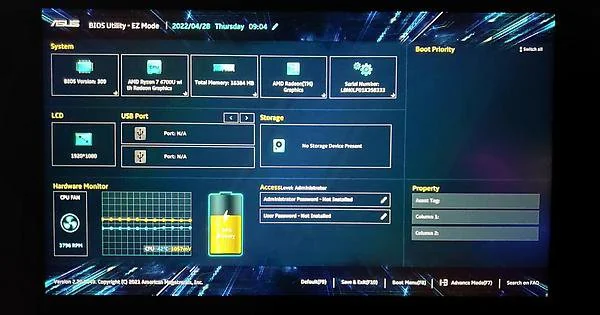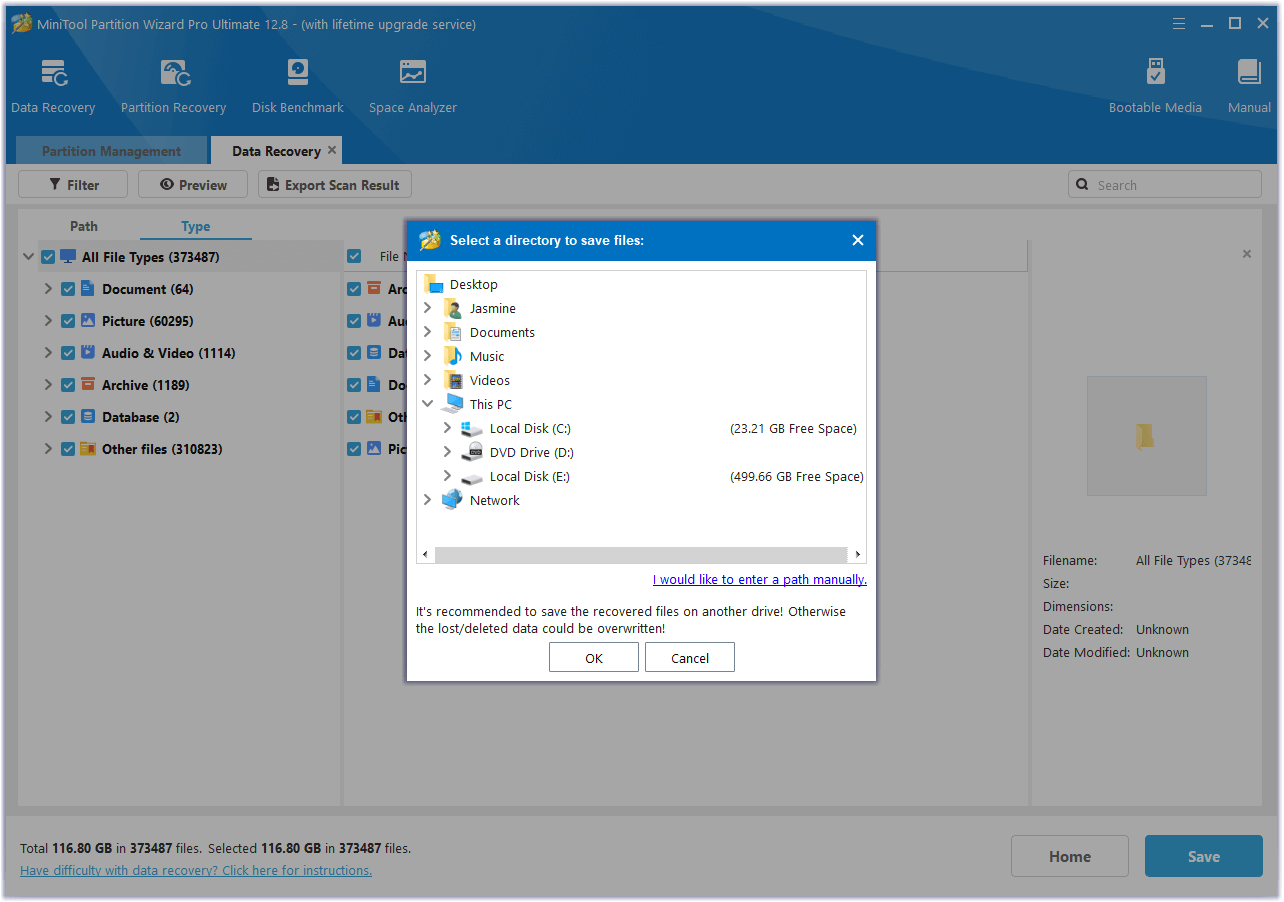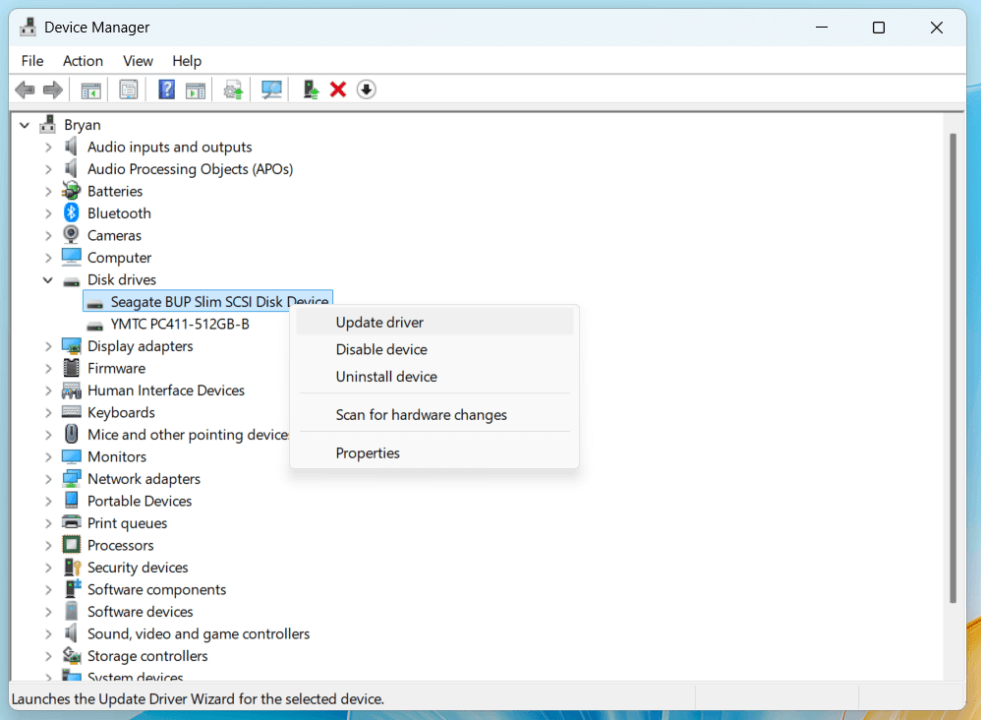SSD Not Detected by UEFI: A Guide

Solid-State Drives (SSDs) have revolutionized data storage, offering lightning-fast performance and enhanced durability compared to traditional Hard Disk Drives (HDDs). However, users may encounter issues when their SSDs are not detected by the Unified Extensible Firmware Interface (UEFI), leading to boot failures or storage limitations. This comprehensive guide aims to explore the reasons behind SSDs not being recognized by UEFI, provide troubleshooting steps, and offer solutions to ensure optimal SSD performance and compatibility.
Understanding UEFI and SSD Compatibility

UEFI is a modern replacement for the traditional BIOS (Basic Input/Output System), providing an interface between the computer’s firmware and the operating system. It offers advanced features like larger storage support, faster boot times, and improved security. When an SSD is not detected by UEFI, it can result in various issues, ranging from the inability to boot from the drive to data loss and system instability.
Common Causes of SSD Non-Detection by UEFI
There are several factors that can contribute to an SSD not being recognized by UEFI. These include:
- Firmware Incompatibility: SSDs often require specific firmware versions to function optimally with UEFI. Outdated or incompatible firmware can lead to non-detection.
- Drive Encryption: Certain encryption protocols, like BitLocker, may interfere with UEFI's ability to recognize the SSD.
- UEFI Settings: Incorrect UEFI settings, such as an improper boot order or disabled UEFI support, can prevent SSD detection.
- Damaged SSD or Cable: Physical damage to the SSD or its connecting cable can result in non-detection.
- OS Compatibility: Operating systems like Windows 7 or earlier may not fully support UEFI, leading to SSD non-detection.
Identifying the root cause is crucial for successful troubleshooting and resolution.
Troubleshooting Steps for SSD Non-Detection by UEFI

When faced with an SSD that is not detected by UEFI, the following steps can help diagnose and resolve the issue:
1. Check UEFI Settings
Access your UEFI by restarting your computer and entering the setup menu during boot. Ensure that the following settings are correct:
- Boot Order: Verify that your SSD is set as the primary boot device.
- UEFI Support: Ensure that UEFI is enabled and set to the correct mode (UEFI-only or Legacy).
- Secure Boot: If enabled, ensure that the SSD's signature is trusted by the UEFI.
2. Update SSD Firmware
Outdated SSD firmware can lead to compatibility issues with UEFI. Check the manufacturer’s website for the latest firmware version compatible with your SSD model. Follow the provided instructions to update the firmware, ensuring a stable power supply during the process.
3. Disable Drive Encryption
Encryption protocols like BitLocker can sometimes interfere with UEFI’s ability to recognize SSDs. Temporarily disable drive encryption and check if the SSD is detected. If successful, explore alternative encryption methods compatible with UEFI.
4. Inspect Physical Connections
Ensure that the SSD is properly connected to the motherboard using the correct cable. Check for any signs of physical damage to the SSD or its connectors. If necessary, replace the cable or connect the SSD to a different port on the motherboard.
5. Reinstall Operating System
If none of the above steps resolve the issue, consider reinstalling the operating system. This can help eliminate potential software conflicts and ensure proper SSD recognition. Ensure you have a backup of your data before proceeding.
Optimizing SSD Performance and UEFI Compatibility
To ensure optimal performance and UEFI compatibility, consider the following practices:
1. Regular Firmware Updates
Keep your SSD’s firmware up-to-date to maintain compatibility with the latest UEFI versions. Set up automatic firmware updates or regularly check the manufacturer’s website for new releases.
2. Use UEFI-Compatible Encryption
Explore encryption methods that are specifically designed for UEFI systems. Some popular options include Windows’ Device Encryption or third-party solutions like VeraCrypt, which offer better compatibility with UEFI.
3. Optimize UEFI Settings
Regularly review and optimize your UEFI settings. Ensure that the boot order is set correctly, and consider enabling features like Fast Boot and Secure Boot for enhanced security and performance.
4. Maintain a Clean System
Keep your system clean and free from unnecessary software and bloatware. Regularly update your operating system and drivers to ensure compatibility and performance.
5. Monitor SSD Health
Use SSD monitoring tools to track the health and performance of your drive. Keep an eye on metrics like read/write speeds, temperature, and S.M.A.R.T. attributes to identify potential issues early on.
Real-World Examples and Case Studies
Let’s explore a couple of real-world scenarios where SSDs were not detected by UEFI and the steps taken to resolve the issue:
Case Study 1: Outdated Firmware
John, a gaming enthusiast, recently upgraded his system with an SSD for faster load times. However, his system failed to boot from the SSD, and UEFI did not recognize the drive. After checking the UEFI settings and physical connections, John discovered that his SSD’s firmware was outdated. He downloaded and installed the latest firmware from the manufacturer’s website, and the SSD was successfully recognized by UEFI, allowing for a smooth boot process.
Case Study 2: Drive Encryption Conflict
Sarah, a data scientist, encountered an issue where her SSD was not detected by UEFI after she enabled BitLocker encryption. She temporarily disabled BitLocker and found that the SSD was recognized. Sarah then explored alternative encryption methods, such as VeraCrypt, which offered better compatibility with UEFI. By switching to VeraCrypt, she was able to maintain her data security while ensuring proper SSD detection by UEFI.
Conclusion and Future Implications

Ensuring SSD compatibility with UEFI is crucial for optimal system performance and reliability. By following the troubleshooting steps outlined in this guide and adopting best practices for SSD maintenance and optimization, users can enjoy the full benefits of their SSDs. As technology advances, UEFI will continue to evolve, offering enhanced security and performance features. Staying updated with firmware and software releases will be key to maintaining seamless SSD-UEFI compatibility in the future.
What is UEFI, and why is it important for SSD detection?
+
UEFI, or Unified Extensible Firmware Interface, is a modern replacement for the traditional BIOS. It offers advanced features like larger storage support and faster boot times. SSDs rely on UEFI to be recognized and accessed by the operating system, making UEFI compatibility crucial for optimal SSD performance.
How can I update my SSD’s firmware to ensure UEFI compatibility?
+
To update your SSD’s firmware, visit the manufacturer’s website and download the latest firmware version compatible with your SSD model. Follow the provided instructions carefully, ensuring a stable power supply during the update process.
Can I use an SSD with older operating systems that don’t support UEFI?
+
While it is possible to use an SSD with older operating systems like Windows 7, you may encounter compatibility issues and limited functionality. It is recommended to upgrade to a UEFI-compatible operating system for optimal SSD performance and features.
What should I do if my SSD is still not detected after troubleshooting?
+
If your SSD remains undetected after following the troubleshooting steps, consider seeking professional assistance or contacting the SSD manufacturer’s support team. They can provide specialized guidance and support based on your specific SSD model and system configuration.



